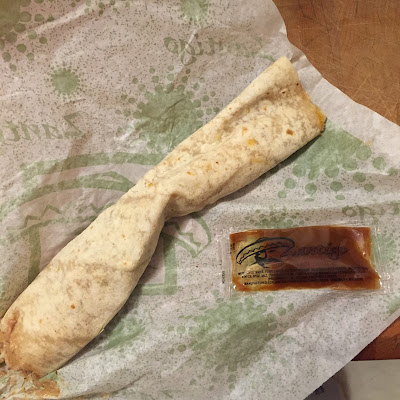Glad Påsk
Halloween or Easter?
When I first learned about the Swedish concept of påsk, a.k.a. Easter, I had difficulty wrapping my head around children dressed as häxor (witches) wandering door to door asking neighbors to fill empty coffee pots with candy and money. Trick-or-treating on Easter? Huh?
But påskkärringar (Easter witches or old ladies) makes sense considering early superstitions. At midnight between Wednesday and Maundy Thursday, witches were said to steal brooms and fly to Blåkulla or Blue Hill (rumored to be in Iceland) where they would meet with the devil to dance and consort. In exchange for their "companionship" their host served what the witches thought was an exotic feast but was actually frogs and snakes.
In some areas, firecrackers and bonfires are lit to honor the tradition of warding off evil beings. Påskris, birch or willow twigs that decorated with colored feathers, are brought indoors (Lore tells us that the sticks were originally used to beat servants and children with, in order to remind them of Christ's suffering on the cross. An alternative teaching explains the branches as palm leaf substitutes.). Easter greeting cards are exchanged with family and friends.
Swedes and Americans share some traditions. We decorate eggs and hide baskets of treats, although many Swedish children find a candy-filled paper egg inside of their shoes on Sunday morning. Our treats are delivered via the Easter Bunny (påskhare), which originated in Germany and found its way to Sweden around the turn of last century. Many Swedes fast on långfredag (long Friday, a.k.a. Good Friday), or eat only fish. Påsk smörgåsbord is common (herring, salmon, potatoes, eggs, and lamb are especially popular).
This Sunday I'll be with family. My mom's annual feast includes loads of yummy ham, her famous pea-cheese salad, and of course the Easter Egg Hunt. Glad påsk till alla!




Comments